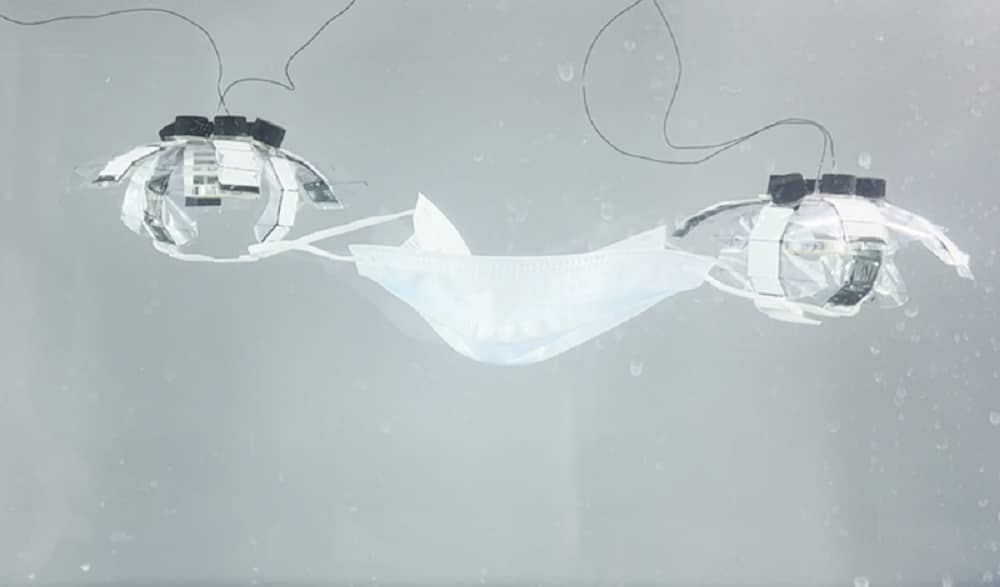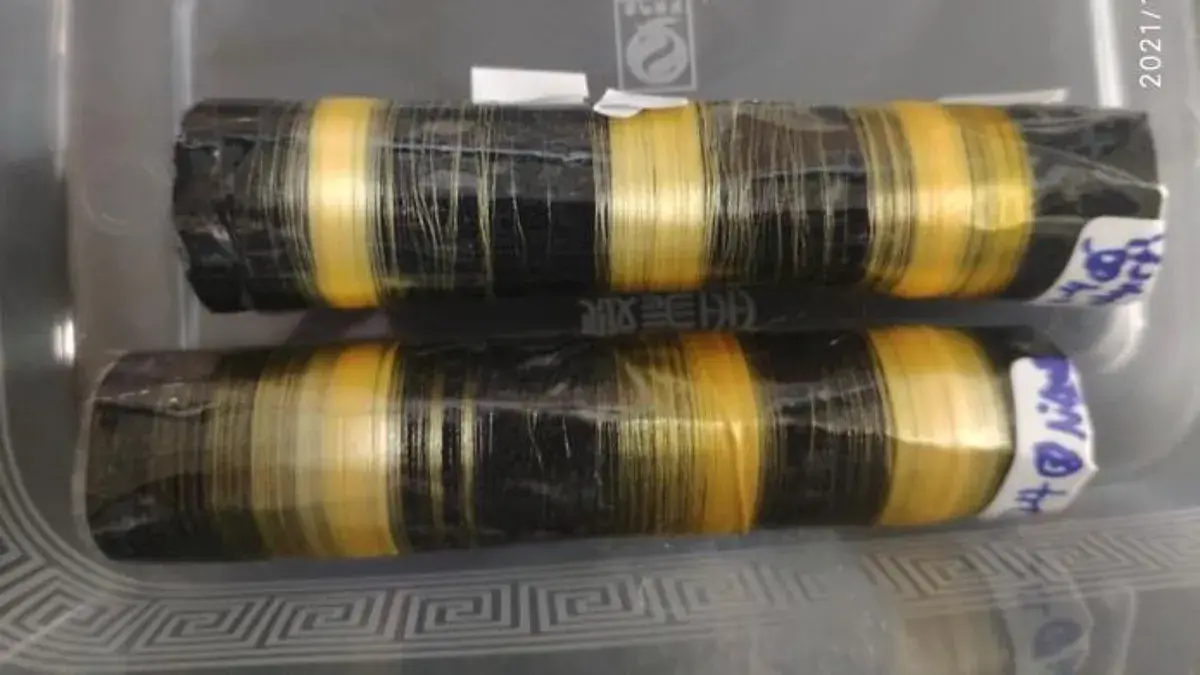The oceans are under increasing stress from multiple urban and rural sources of pollution.
Although there is a fleet of underwater robots for cleaning the world’s oceans, these robots are usually very bulky with rigid bodies. As a result, they are unable to explore and clean complex and unstructured environments. Moreover, they are usually noisy because of their electric motors and hydraulic pumps, which interfere with peaceful marine life.
According to scientists, the cumulative effects of ocean pollution can be devastating for coral growth and reproduction. So in order to combat this growing threat, Max Planck Institute for Intelligent Systems (MPI-IS) scientists at Stuttgart have developed a new jellyfish-inspired robot.
Inspired by Jellyfish, this robot can collect objects without physically touching them, thus allowing safe interactions in delicate environments such as coral reefs. Called Jellyfish-Bots, it is about the size of a hand, is a versatile, energy-efficient, virtually noiseless robot, and requires only 100-MW of electricity.

Two Jellyfish-Bots work together to lift a face mask (Image by Max Planck Institute for Intelligent Systems )
The science behind the working of these robots
The new robots have a series of six electrohydraulic actuators filled with artificial muscles known as HASELs. These muscles are basically oil-filled sacs that are partially covered by electrodes. On receiving a current, these electrodes are filled with a positive charge. The electrodes then discharge the current to the surrounding, negatively charged ocean water. This cycle pushes the oil inside the pouches back and forth, causing the actuators to execute their flapping movement.
“When a jellyfish swims upwards, it can trap objects along its path as it creates currents around its body,” said first author Tianlu Wang, a postdoc in the Physical Intelligence Department at MPI-IS and first author of the publication. “In this way, it can also collect nutrients. Our robot, too, circulates the water around it. This function is useful in collecting objects such as waste particles. It can then transport the litter to the surface, where it can later be recycled.”







